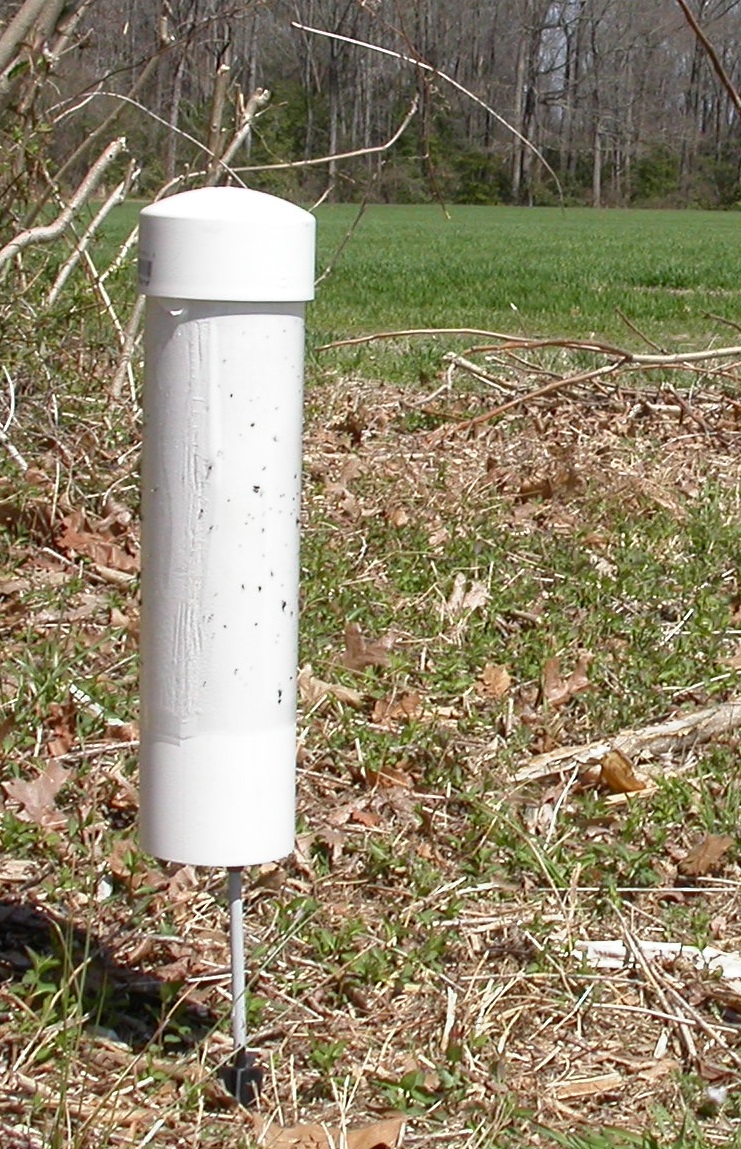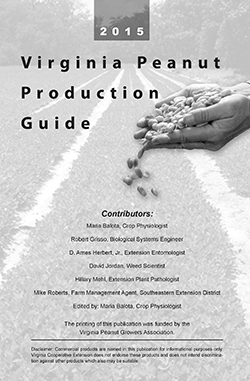As the wheat crop approaches flag leaf emergence and heading growth stages, it is time to start thinking about disease management. When conditions are conducive to disease development (e.g. high humidity, warm temperatures) foliar fungicide applications may be necessary to protect wheat yield and quality.
Wheat diseases observed in Virginia so far in 2015 have included viruses (which cannot be managed with fungicides), powdery mildew, and leaf blotch. Disease severity thus far has been relatively low in most areas but an increase in disease can be expected with warm, humid weather. Leaf blotch, for example, has been observed on the lower leaves where it is unlikely to impact yield, but once the flag leaf emerges, this leaf surface, which feeds the developing grain, should be protected from disease if symptoms are observed on the lower leaves and conditions are conducive to disease development. Once heading and flowering occur, the developing grain need to be protected from infection by the Fusarium head blight (scab) fungus if scab risk is high. Factors contributing to scab development and proper timing of fungicides for scab management will be discussed in a later post.
Each year plant pathologists from throughout the U.S. update the following wheat fungicide efficacy table based on the most current data. Efficacy ratings for each fungicide listed in the table were determined by field testing the materials over multiple years and locations. Efficacy is based on proper application timing to achieve optimum effectiveness of the fungicide as determined by labeled instructions and overall level of disease in the field at the time of application. Judicious use of an appropriate fungicide for the target disease can protect both yield and quality of the wheat crop.




